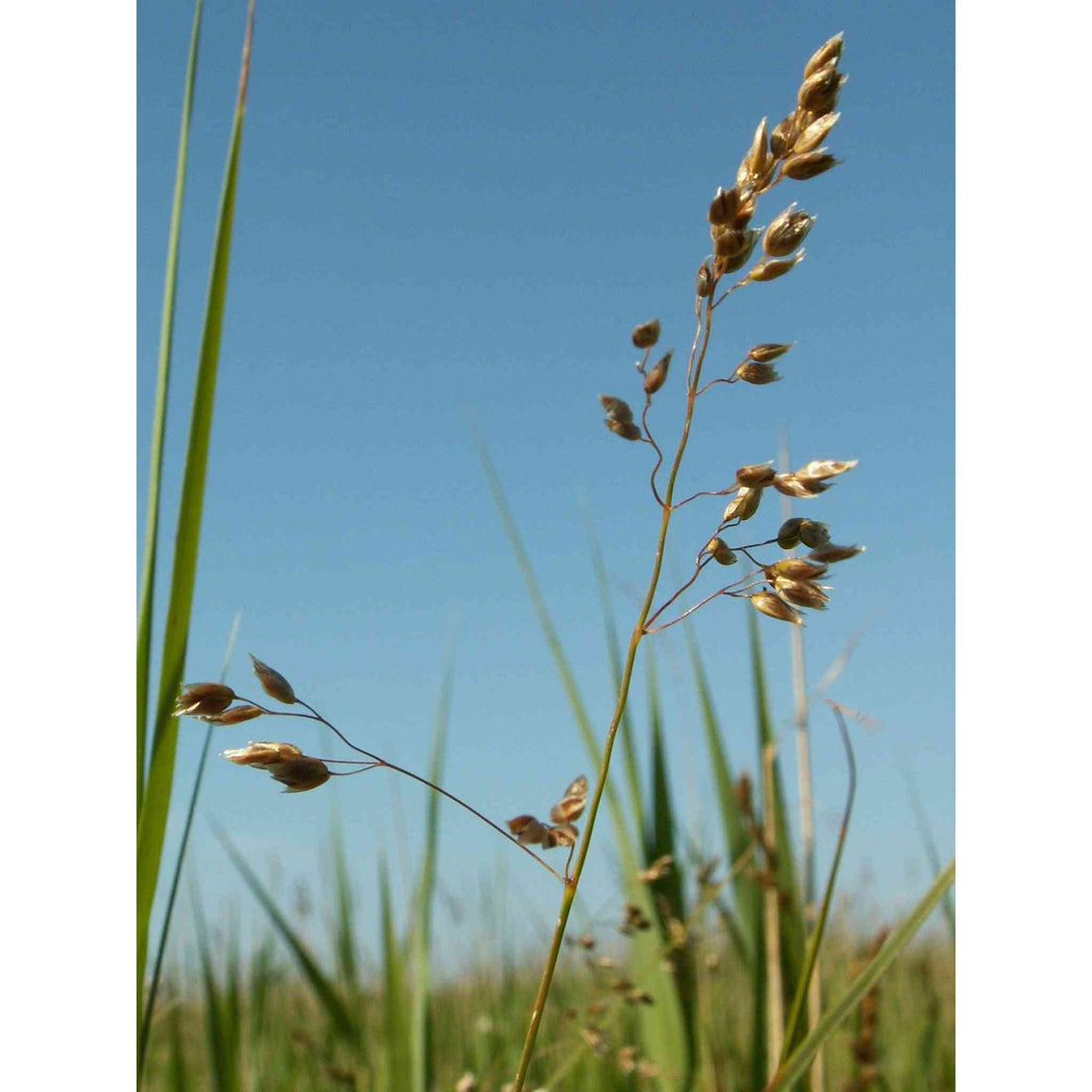Sweet grass (Hierochloe odorata) is more than just a pleasant-smelling plant. It's a perennial grass native to North America with a rich history and cultural significance, particularly among Indigenous peoples. Here, we'll explore the characteristics, uses, and symbolism of this fragrant herb.
Aromatic Attributes
Sweet grass grows in clumps, reaching heights of 12-24 inches. Its slender leaves have a delightful vanilla-like scent, which intensifies when dried or burned. This fragrance comes from a natural chemical compound called coumarin, also found in tonka beans and cinnamon.
Growing Sweet Grass
Sweet grass prefers cool, moist conditions and thrives in rich, well-drained soil. It can tolerate partial shade but does best in full sun. Because it spreads rapidly by underground rhizomes, planting it in containers is recommended to avoid unwanted spreading.
Cultural Significance
Sweet grass holds deep spiritual significance for many Indigenous North American cultures. It's considered a sacred herb, used in purification ceremonies, prayer offerings, and to attract positive energies. Traditionally, sweet grass is braided and burned as smudge, a cleansing ritual meant to clear negativity and promote healing.
We financially support local Native American cultural groups. Take a look at the Trickster Cultural Center and help support this vital treasure!
Beyond Ceremony
Sweet grass isn't just for ceremonial purposes. The leaves can also be used in:
-
Potpourri: Add dried sweet grass to potpourri for a natural, long-lasting fragrance.
-
Basketry: Sweet grass blades can be woven into beautiful and functional baskets.
-
Medicinal Teas: Some cultures use sweet grass in teas for its purported health benefits, although more research is needed in this area.
Sustainable Sourcing
If you'd like to incorporate sweet grass into your life, it's important to source it sustainably. Our source is sustainable, as it is not collected from the wild, it is amplified in a nursery to re-wild the Midwest.
Sweet grass is a fascinating plant with a rich cultural heritage. Its pleasant aroma and historical significance make it a valuable addition to gardens and spiritual practices alike. By understanding its characteristics and respecting its cultural importance, we can appreciate sweet grass for its full value.

